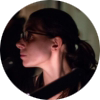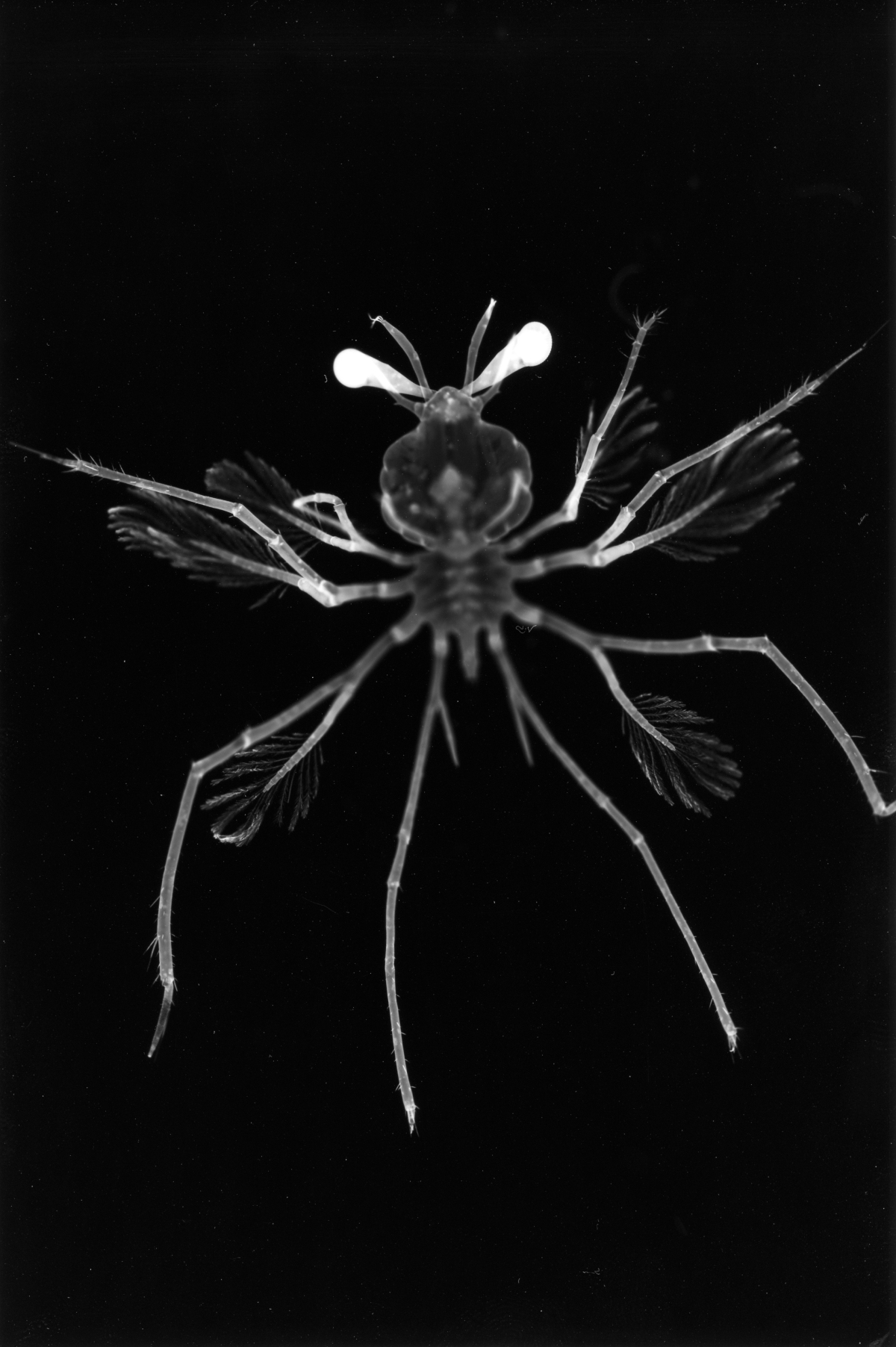Carole Thibaud
 As a self-taught projectionist, filmmaker and photographer, I spend most of my time in the darkrooms of film processing laboratories exploring the infinitely fascinating field of film photography. I do cinematographic performances, photography projects, and make experimental, documentary and musical films. I give workshops and occasionally work in the performing arts.
As a self-taught projectionist, filmmaker and photographer, I spend most of my time in the darkrooms of film processing laboratories exploring the infinitely fascinating field of film photography. I do cinematographic performances, photography projects, and make experimental, documentary and musical films. I give workshops and occasionally work in the performing arts.
“I like light, material, grain, and unstable, fragile, blinding images. Backlighting, off-center framing, mislinked shots. Raw images, random editing, intense repetition, immersion in visuals and sounds. I like to film movement, to make it into music. I like to get my hands on the chemistry, the mechanics of old laboratory and film machines. I like improvisation, crossed disciplines, working collectively. I like to constantly be learning.”
At the Roscoff Biological Station for a series of artist residencies between October 2018 and July 2019, Carole Thibaud brought its darkroom to life by realizing the images for her project Liquid Crystals. The prints were made without a camera: translucent organisms, put to sleep then placed on the magnifier slide, served as negatives or were placed directly on light-sensitive paper; the resulting images are therefore unique and impossible to reproduce.
Liquid Crystals
Our encounter with animals is simultaneously accompanied by a powerful feeling akin to childlike wonder; we meet plants and animals with amazement or awe, with joy, but also with sacred respect. We do not have before us beings whose way of being we will one day, the day after tomorrow, in years or decades, understand; around us exist large and small lifeforms that contain other possibilities of life than those that exist in us, human beings.
ADOLF PORTMANN, Einführung in die vergleichende Morphologie der Wirbeltiere, 1948
Using as raw material creatures that are so small they can barely be seen by the naked eye, Carole Thibaud makes visible a world that exists on a radically different scale. Like others before her, such as the illustrious Jean Painlevé who at one time officiated within this same biological station, she sublimates the infinitesimal and reverses proportions.
From September 2019 to July 2020, the Liquid Crystals exhibition toured Roscoff, Paris, Bourges and Laval. A selection of prints is also included in the publication Lumières Animales, accompanied by a text by Muon.
https://warm-ed.fr/en/st/books/photo-graphie-en/lumieres-animales/
These residencies also led to the magnified film performance Equinode: 16mm projectors, visual and audio loops, mics, glass and water. Through a mixture of images and textures, a quivering and moving frame, a play on proportions and music from the depths, Equinode offers an immersive, mysterious and disturbing experience, aquatic poetry, a dive into the abyss.
Equinode invites us to feel, question, probe our existence among a multitude of creatures that surround us, that constitute us even, for which we have little care.
Liquid Crystals shines a spotlight on the minuscule, gives new form and grace to the shapeless and the torpid, questions our place among the 8.7 million species that populate the earth, the 2.2 million species living in water, the 27,500 species of algae, diatoms and water mold…
Plankton sample in Petri dish
23 x 23 print, framed – Photogram
Photogram: The Petri dish containing the plankton was placed on light-sensitive paper and lit for 10 seconds.
Phyllosoma larvae of Palinurus elephas (Fabricius, 1787)
(Arthropoda, Crustacea, Decapoda, Palinuridae) common: lobster – approx. 1cm
Radiophotography, 10 x 15 print, framed




